Abstract
The fate of 3H-labeled str-r fus-s DNA from Streptococcus pneumoniae, bound after a 1-min uptake to 14C-labeled str-s fus-r S. sanguis recipients, was followed by techniques previously developed for analyzing the fate of homospecific DNA. Heterospecific S. pneumoniae DNA was bound and formed complexes with recipient protein in a manner similar to that of homospecific DNA but transformed relatively poorly. The rate at which complexed heterospecific DNA becomes physically associated with recipient DNA, and at which donor markers are integrated into the chromosome, was slower than in the case of homospecific DNA. In addition, about half of the heterospecific donor counts initially bound in trichloracetic acid-insoluble form were gradually solubilized and released from the cell. The association of heterospecific DNA with the recipient chromosome was more unstable than that involving homospecific DNA, since only associations of the former type were largely dissociated by isolation and resedimentation. The donor DNA-containing material so dissociated had the same sedimentation properties as complexed heterospecific DNA before association, indicating that the complex of single-stranded donor DNA and recipient protein formed on uptake moves as a whole from its site of formation to synapse with the chromosome.
Full text
PDF

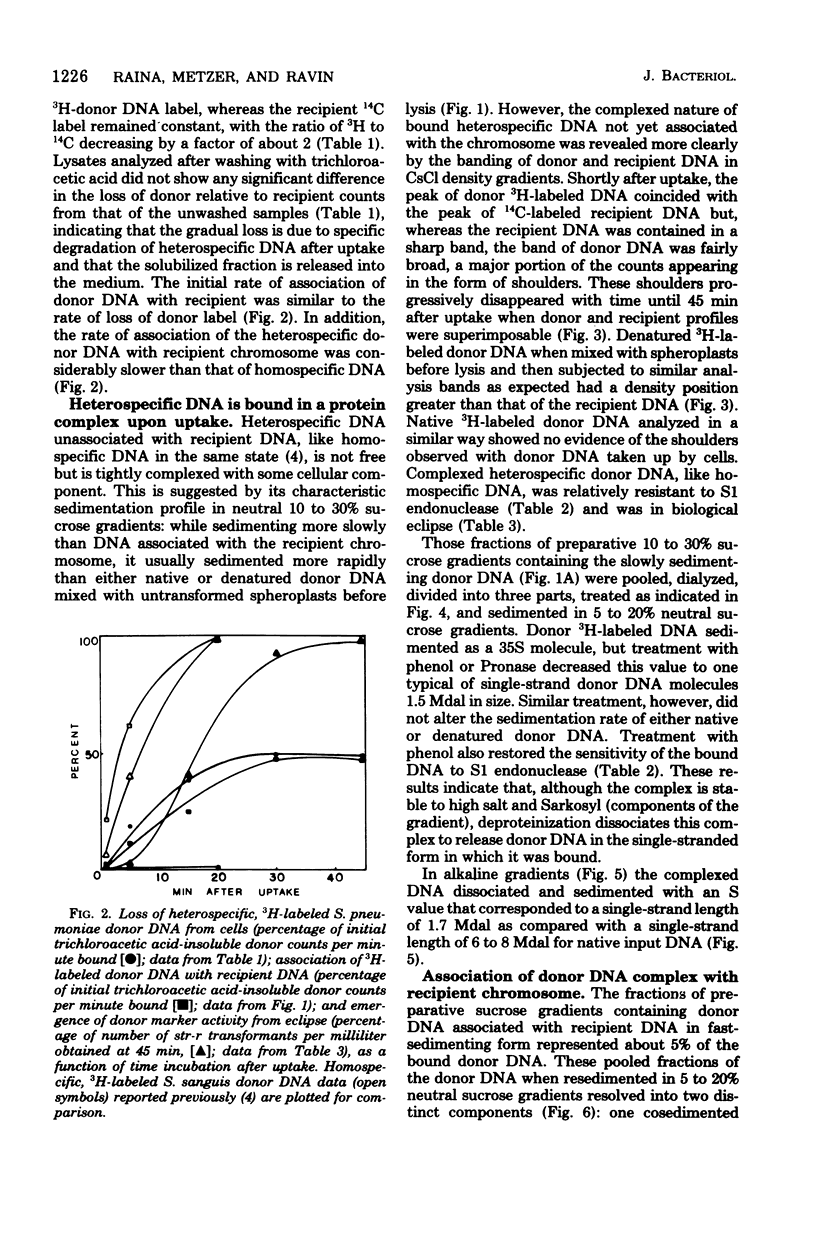
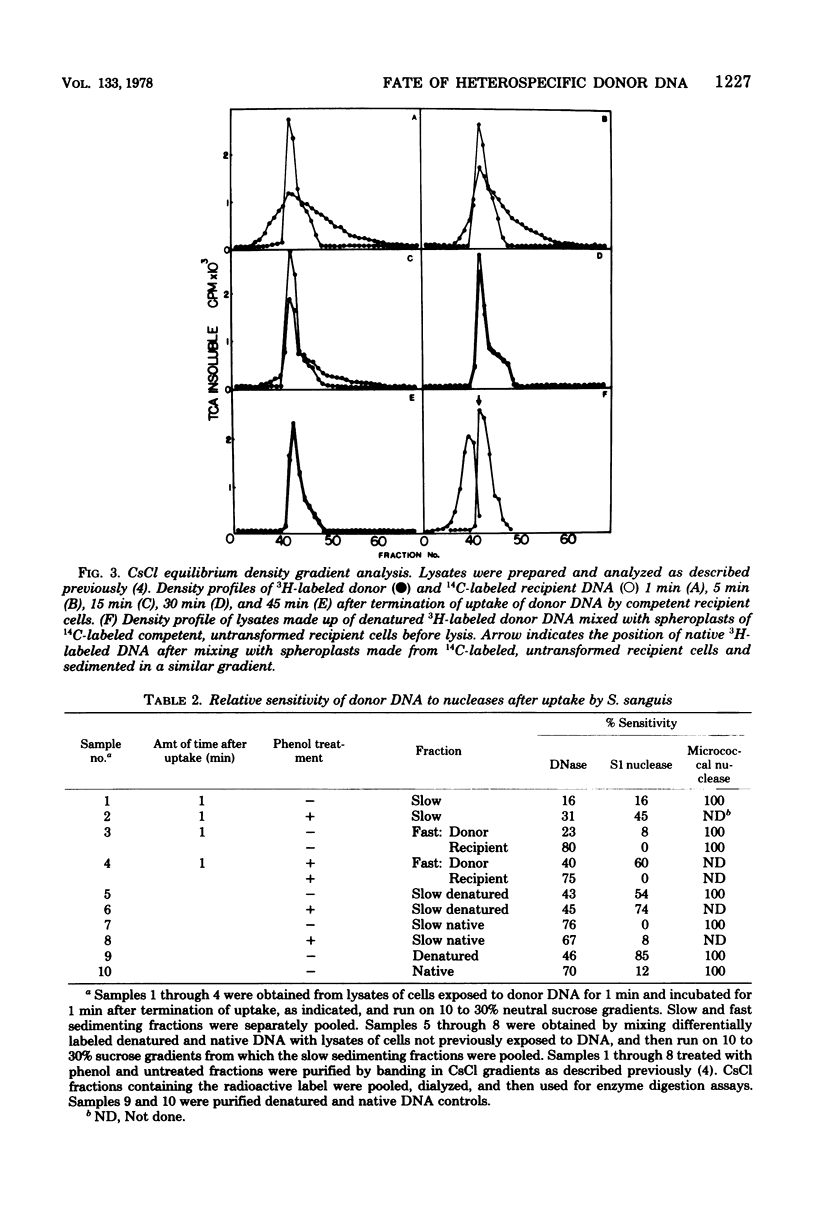
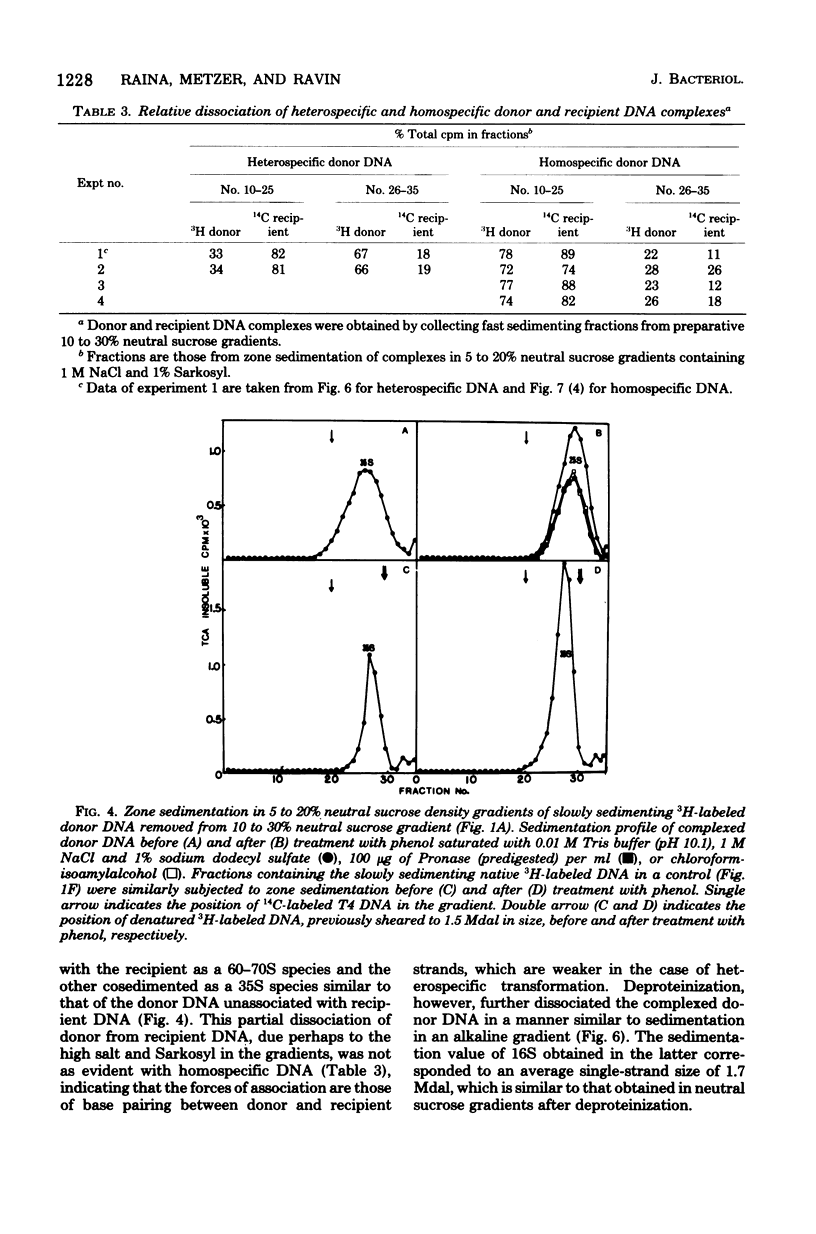
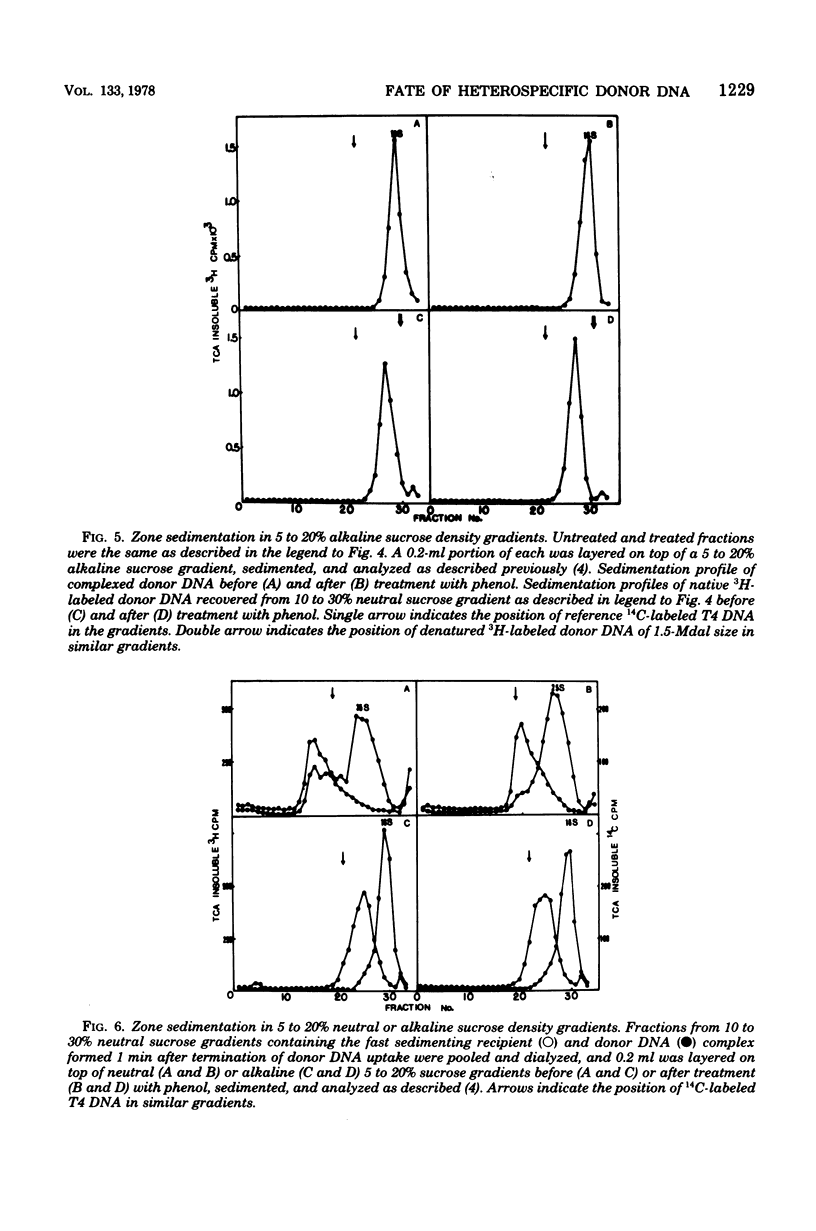
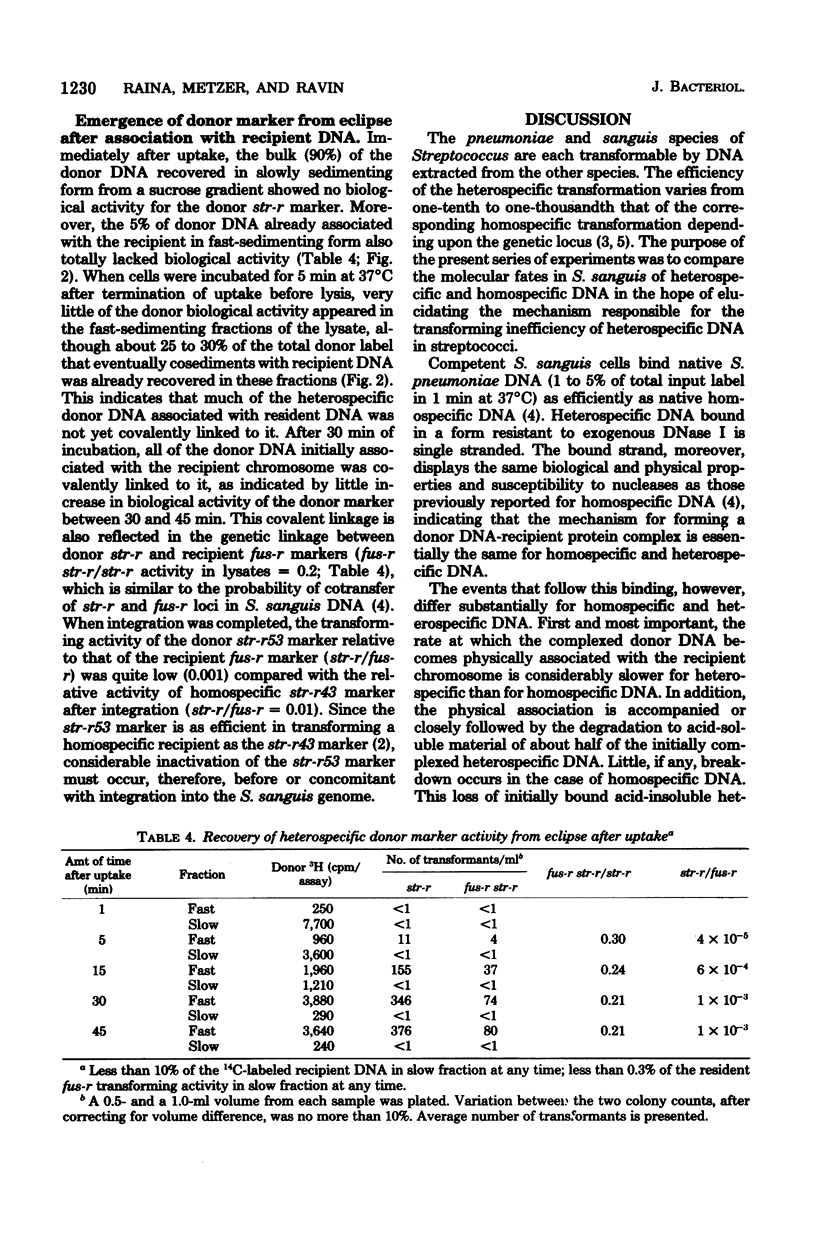
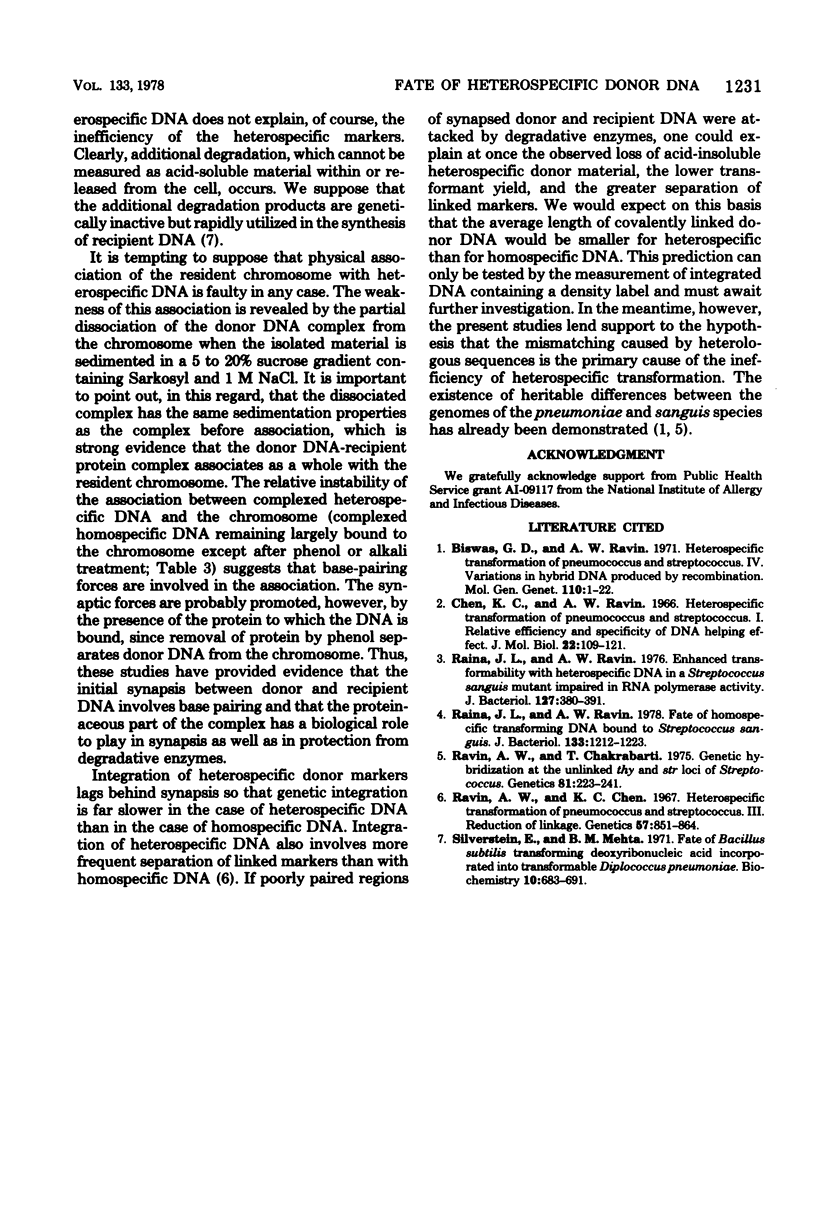
Selected References
These references are in PubMed. This may not be the complete list of references from this article.
- Biswas G. D., Ravin A. W. Heterospecific transformation of Pneumococcus and Streptococcus. IV. Variations in hybrid DNA produced by recombination. Mol Gen Genet. 1971;110(1):1–22. doi: 10.1007/BF00276040. [DOI] [PubMed] [Google Scholar]
- Raina J. L., Ravin A. W. Enhanced transformability with heterospecific deoxyribonucleic acid in a Streptococcus sanguis mutant impaired in ribonucleic acid polymerase activity. J Bacteriol. 1976 Jul;127(1):380–391. doi: 10.1128/jb.127.1.380-391.1976. [DOI] [PMC free article] [PubMed] [Google Scholar]
- Raina J. L., Ravin A. W. Fate of homospecific transforming DNA bound to Streptococcus sanguis. J Bacteriol. 1978 Mar;133(3):1212–1223. doi: 10.1128/jb.133.3.1212-1223.1978. [DOI] [PMC free article] [PubMed] [Google Scholar]
- Ravin A. W., Chakrabarti T. Genetic hybridization at the unlinked thy and str loci of Streptococcus. Genetics. 1975 Oct;81(2):223–241. doi: 10.1093/genetics/81.2.223. [DOI] [PMC free article] [PubMed] [Google Scholar]
- Ravin A. W., Chen K. C. Heterospecific transformation of pneumococcus and streptococcus. 3. Reduction of linkage. Genetics. 1967 Dec;57(4):851–864. doi: 10.1093/genetics/57.4.851. [DOI] [PMC free article] [PubMed] [Google Scholar]
- Silverstein E., Mehta B. M. Fate of Bacillus subtilis transforming deoxyribonucleic acid incorporated into transformable Diplococcus pneumoniae. Biochemistry. 1971 Feb 16;10(4):683–691. doi: 10.1021/bi00780a021. [DOI] [PubMed] [Google Scholar]


